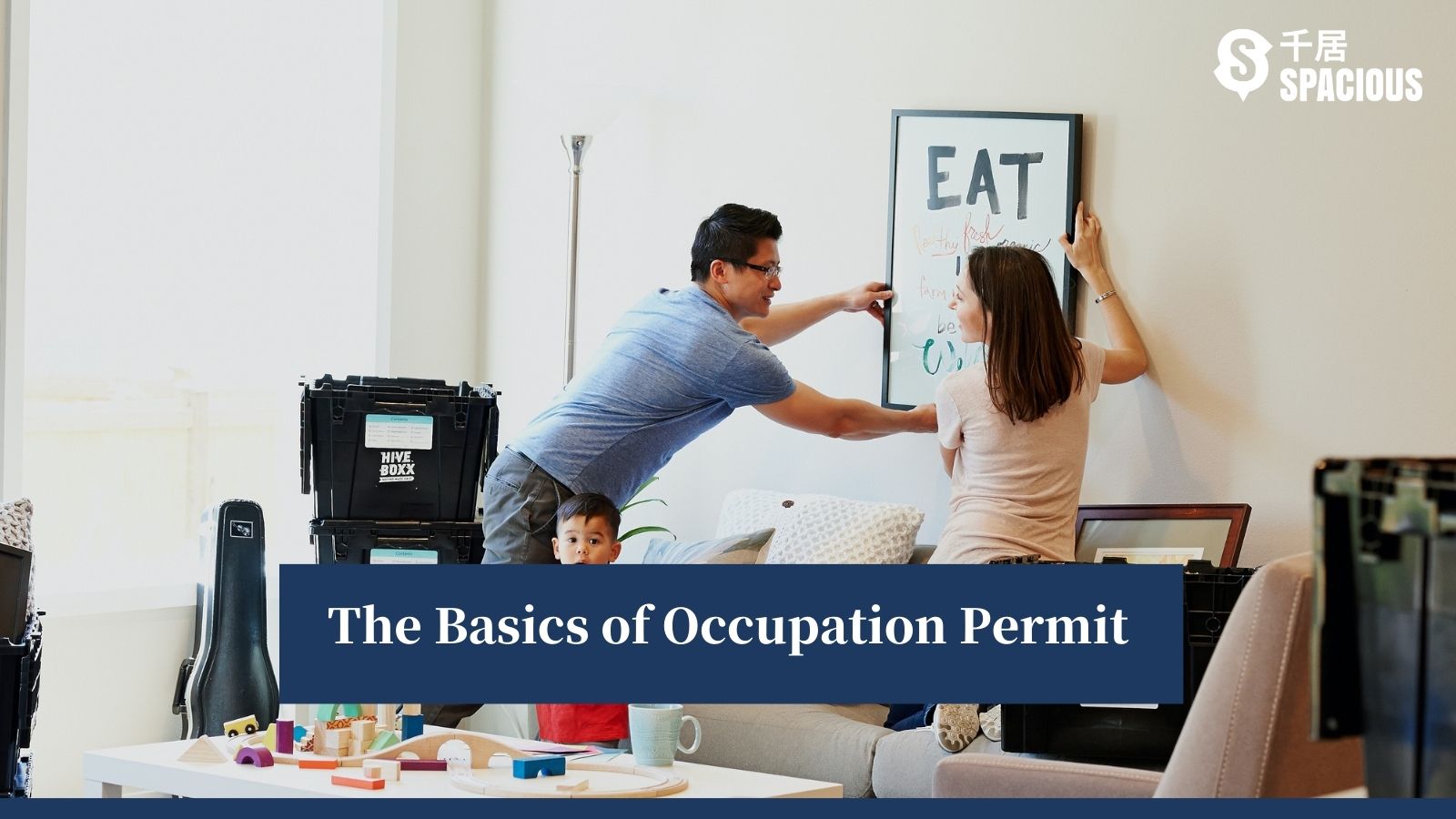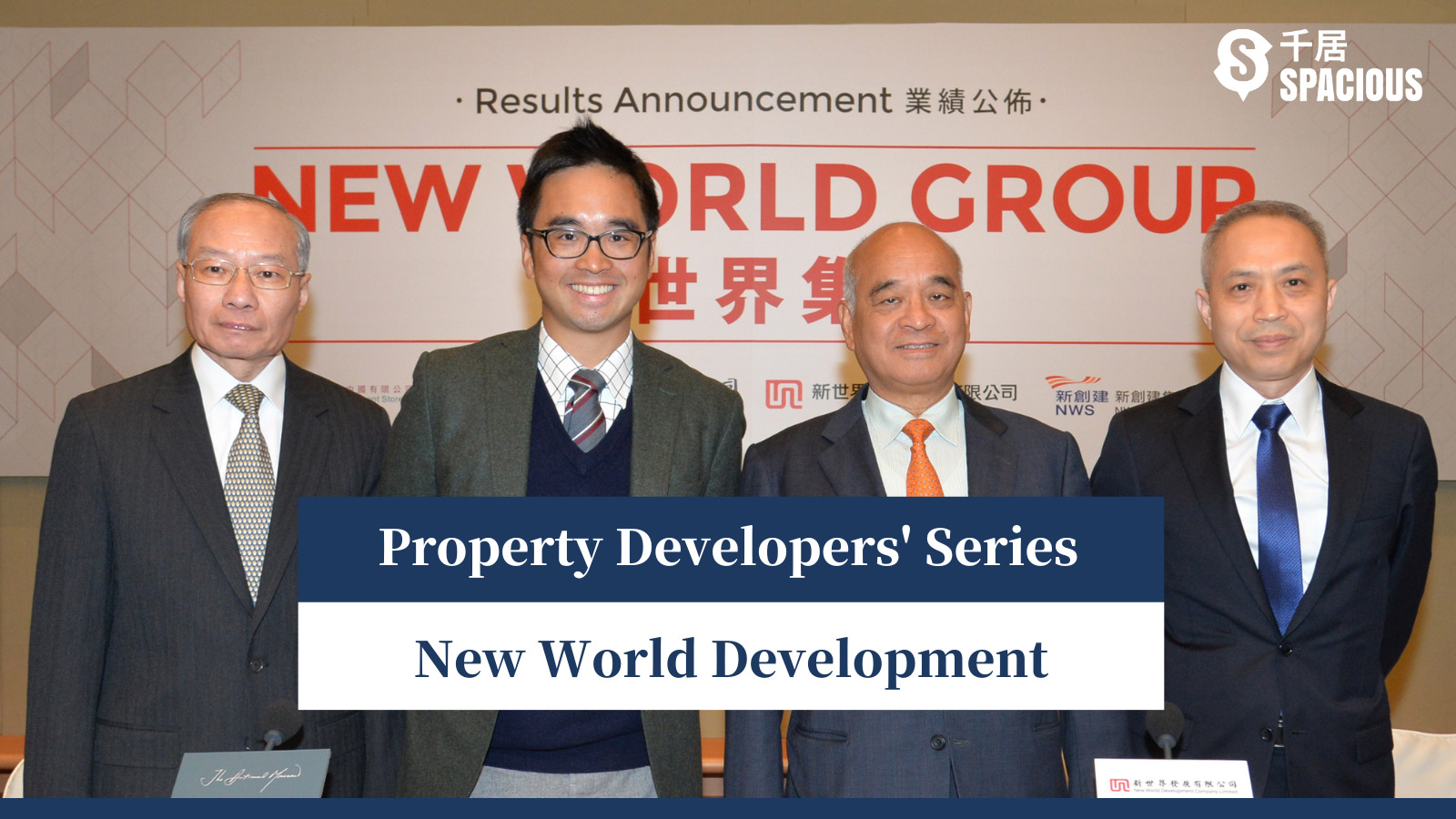
As one of the four biggest developers in Hong Kong, New World Development(NWD) has been reinventing its brand name by incorporating unique elements of art and culture into its portfolios, as seen in its recently launched big projects such as Tsim Sha’s Victoria Dockside, Chek Lap Kok’s 11 Skies, Fortress Hill’s State Theatre.
The Group also plays a key role in real estate development. But what do people think of its building quality? Which buildings are developed by NWD? How did the conglomerate grow business to what they are now? Keep on reading to find out more.
Jump to: Company Development | NWD’s Subsidiaries | NWD’s Residence | NWD’s Commercials & Malls | NWD’s Building Quality | FAQ
Company Development
In 1970, Cheng Yu-tung, Ho Sin-hang and Yang Zhi-yun founded New World Development and publicly listed the company in Hong Kong two years later. Cheng became a renowned tycoon in the property trade. What’s interesting is that it’s the jewellery trade where he made his first fortune in early life.
1940s – Trading Jewellery
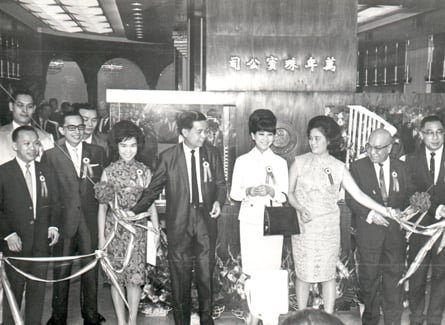
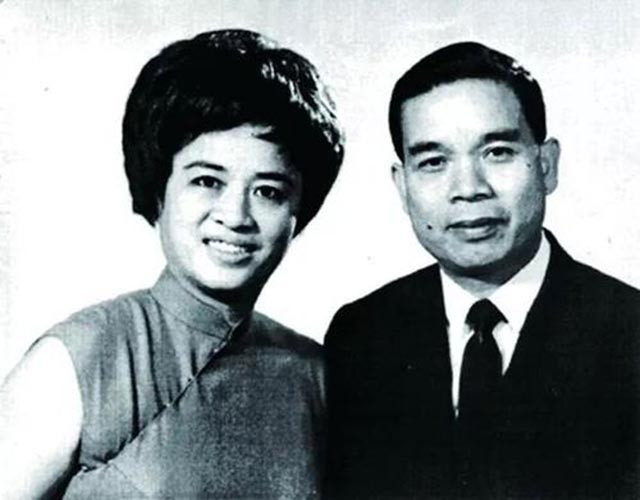
Cheng began his career as an apprentice in a goldsmith’s store – Chow Tai Fook – in Macau when he was in his early teenage years. He was forced to flee from his birthplace Shun Tak as a result of the Japanese Occupation war.
The goldsmith store, founded in 1929, was owned by his father’s good friend Chow Chi-yuen, who later became his father-in-law. Cheng married Chow’s daughter Chow Chui-ying in 1943 and Cheng was promoted to the managerial position in the same year.
In 1945, Cheng was assigned to open up branches in Hong Kong. He then based in Hong Kong and managed the business. In 1956, he inherited his father-in-law’s goldsmith business.
In 1960, Chow Tai Fook acquired a licensed diamond company from South Africa, imported unique raw diamonds from the world’s only diamond dealer De Beers of that time, and sold them in Hong Kong.
This paved the way for jewellery retailing and marked the business expansion of the Group. In the 1970s, Cheng was nicknamed “King of Jewelry ” in Hong Kong, accounting for 30% of total diamond imports in the city.
1950s – Investing Real Estate

Cheng set foot on the property market. Developments built in the early stage include Happy Valley’s Blue Pool Court (1960) and Causeway Bay’s Hong Kong Mansion (1966), the latter co-developed with businessman Fok Ying-tung.
Both are medium-sized projects, with Blue Pool Court offering 40 units and Hong Kong Mansion 284 units.
Find or sell properties on Spacious
1960s – Becoming a Prominent Landowner after the 1967 Hong Kong Riots
In the mid-1960s, the outbreak of the Cultural Revolution in Mainland China, along with the 1967 Riots in Hong Kong, triggered a huge sell-off of properties and an emigration wave as a result of a pessimistic outlook for the city. The property market experienced a big slump, with prices dropping at least 50 percent.
While others are panic selling, Cheng saw this as a golden opportunity. He and his friend Yeung Chi-wan snapped up large amounts of lands and properties aggressively, which made them become major landlords of the town.
As it turned out, the property was on the bull run in the mid-1970s and in some districts, prices soared up ten times in just a few years. Cheng’s career reached one of its best climaxes in the 1960s.
1970s – New World Development was born
In May 1970, Cheng established New World Development, other co-founders including Hang Seng Bank’s founder Ho Sin-hang ; King Fook Jewelry Group’s founder Yang Zhi-yun ; Sun Hung Kai Properties’s founder Kwok Tak-seng, with Cheng as the CEO and Ho as the chairman.
In 1972, when President Nixon visited China, Sino-US relations were improved and the Hong Kong stock market entered an unprecedented bull market. New World Development went public on November 23 of that year and established its position in the real estate industry.
Initially, the company’s business was mainly residential property sales and commercial building rentals. Today, its business has expanded to include construction, hotels, serviced apartments, shopping malls, telecommunications, and infrastructure.
Currently, the Group’s Chairman and Executive Director is Dr. Cheng Kar-shun, son of Cheng Yu-tong; and the Executive Vice-chairman and Chief Executive Officer is Dr. Cheng Chi-kong, son of Cheng Kar-shun.
Find or sell properties on Spacious
NWD’s Subsidiaries
The Group’s major subsidiaries, affiliates, and related companies include:”
| Major Subsidiaries | Nature of Business |
|---|---|
| NWS Holdings | Infrastructure |
| Chow Tai Fook | Jewellery Retail |
| New World Telecommunications | Telecommunications |
| Grand Hyatt Hong Kong | Hotel |
| Renaissance Hong Kong Harbour View Hotel | Hotel |
| Hip Hing Construction | Construction |
| Urban Group | Property Management |
| New World First Bus | Public Transport |
| Citybus | Public Transport |
| Sun Ferry | Public Transport |
Find or sell properties on Spacious
NWD’s Residence
The Group’s residential portfolio since 1970s are:
| Project Name | District | Completion Date |
| Mei Foo Sun Chuen | Mei Foo | 1968 |
| Pearl Gardens | Mid-levels West | 1974 |
| Baguio Villa | Pok Fu Lam | 1975 |
| City One | Sha Tin | 1980 |
| Wylie Court | Ho Man Tin | 1985 |
| Kornhill | Quarry Bay | 1985 |
| Ning Yeung Terrace | Mid-Levels West | 1986 |
| Pierhead Garden | Tuen Mun | 1988 |
| Southorn Garden | Wan Chai | 1988 |
| Riviera Gardens | Tsuen Wan | 1988 |
| Euston Court | Mid-Levels West | 1989 |
| Academic Terrace | Mid-Levels West | 1989 |
| Jade Terrace | Happy Valley | 1989 |
| Illumination Terrace | Tai Hang | 1993 |
| Lyttelton Garden | Mid-Levels West | 1993 |
| Discovery Park | Tsuen Wan | 1997 |
| Tung Chung Crescent | Tung Chung | 1998 |
| Belair Monte | Fanling | 1998 |
| The Belcher’s | Mid-levels West | 2000 |
| Villa Carlton | Cheung Sha Wan | 2000 |
| Sereno Verde | Yuen Long | 2001 |
| 11 Macdonnell Road | Mid-levels | 2002 |
| Seaview Crescent | Tung Chung | 2002 |
| Harbour Place | Hung Hom | 2002 |
| Queen’s Terrace | Sheung Wan | 2003 |
| Caldecott Hill | Cheung Sha Wan | 2004 |
| Parc Palais | Ho Man Tin | 2004 |
| Sky Tower | To Kwa Wan | 2004 |
| The Merton | Kennedy Town | 2004 |
| South Hillcrest | Tuen Mun | 2004 |
| 33 Island Road | Deep Water Bay | 2004 |
| Bon-point | Mid-levels West | 2004 |
| 2 Park Road | Mid-levels West | 2004 |
| The Grandiose | Tseung Kwan O | 2006 |
| Prince Ritz | Kowloon City | 2008 |
| The Masterpiece | Tsim Sha Tsui | 2009 |
| Belcher’s Hill | Kennedy Town | 2011 |
| Park Villa | Yuen Long | 2012 |
| The Reach | Yuen Long | 2013 |
| The Riverpark | Tai Wai | 2013 |
| Double Cove | Ma On Shan | 2013 |
| Grand Austin | Austin | 2014 |
| The Woodside | Hung Shui Kiu | 2014 |
| Park Signature | Yuen Long | 2015 |
| The Pavilia Hill | North Point | 2015 |
| Eight South Lane | Shek Tong Tsui | 2015 |
| Skypark | Mong Kok | 2016 |
| Mount Pavilia | Clear Water Bay | 2016 |
| Bohemian House | Sai Ying Pun | 2017 |
| The Pavilia Bay | Tsuen Wan | 2018 |
| Babington Hill | Mid-levels West | 2018 |
| Artisan House | Sai Ying Pun | 2018 |
| Timber House | Ho Man Tin | 2021 |
| Atrium House | Yuen Long | 2021 |
| Artisan Garden | Ma Tau Kok | 2021 |
| The Pavilia Farm | Tai Wai | 2022 |
Find or sell properties on Spacious
NWD’s Commercials & Malls
Some major malls and commercial buildings of the Group are:
- New World Tower – Central
- KOHO – Kwun Tong
- Artisan Hub – San Po Kong
- ATL Logistics Centre Hong Kong Limited – Kwai Chung
- K11 ATELIER – Tsim Sha Tsui
- THE FOREST – Mong Kok
- Conventional Plaza – Wan Chai
- 11 SKIES – Airport
- D.Park – Tsuen Wan
NWD’s Building Quality
What NWD stands out from other Chinese-funded developers is its efforts to create a unique brand image called The Artisanal Movement.
According to the developer’s website, The Artisanal Movement is a journey that goes beyond design and aesthetics, exploring endless possibilities. Original craftsmanship, combined with a constant spirit of innovation and excellence, caters to the needs of customers with passion and leads to dreams.
The brand image encompasses the five elements of Imagination, Bespoke, Craftsmanship, Heritage, and Contemporary, as seen in the recent development projects, which are characterised by the theme of ‘Artisanship’ in their exterior design, building materials, and promotional materials.
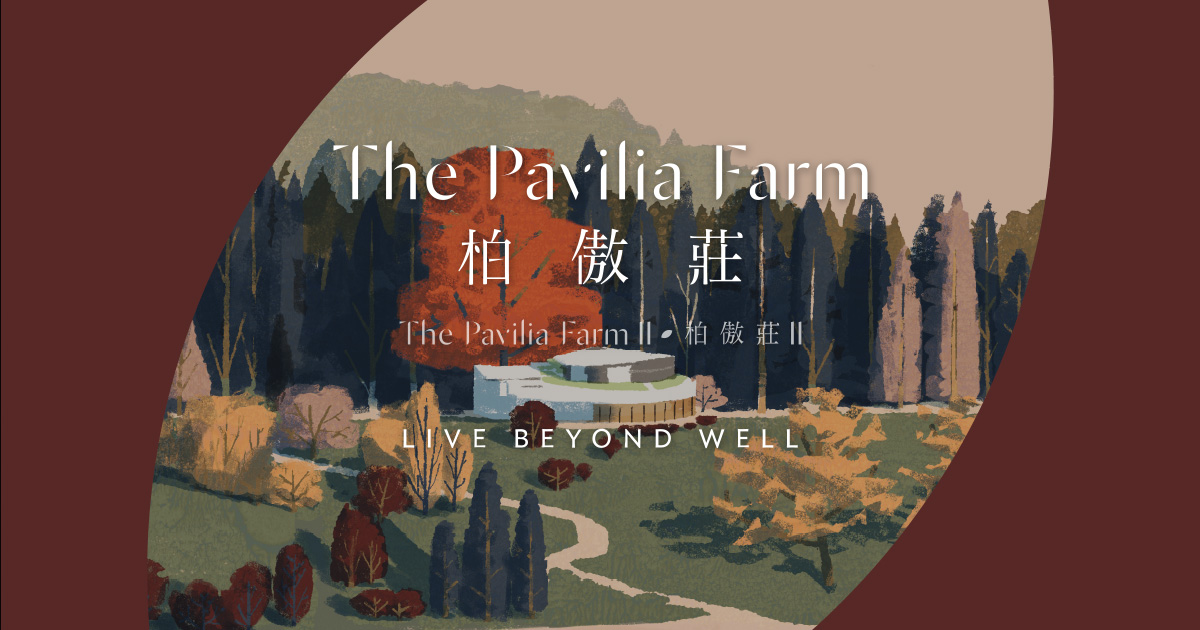
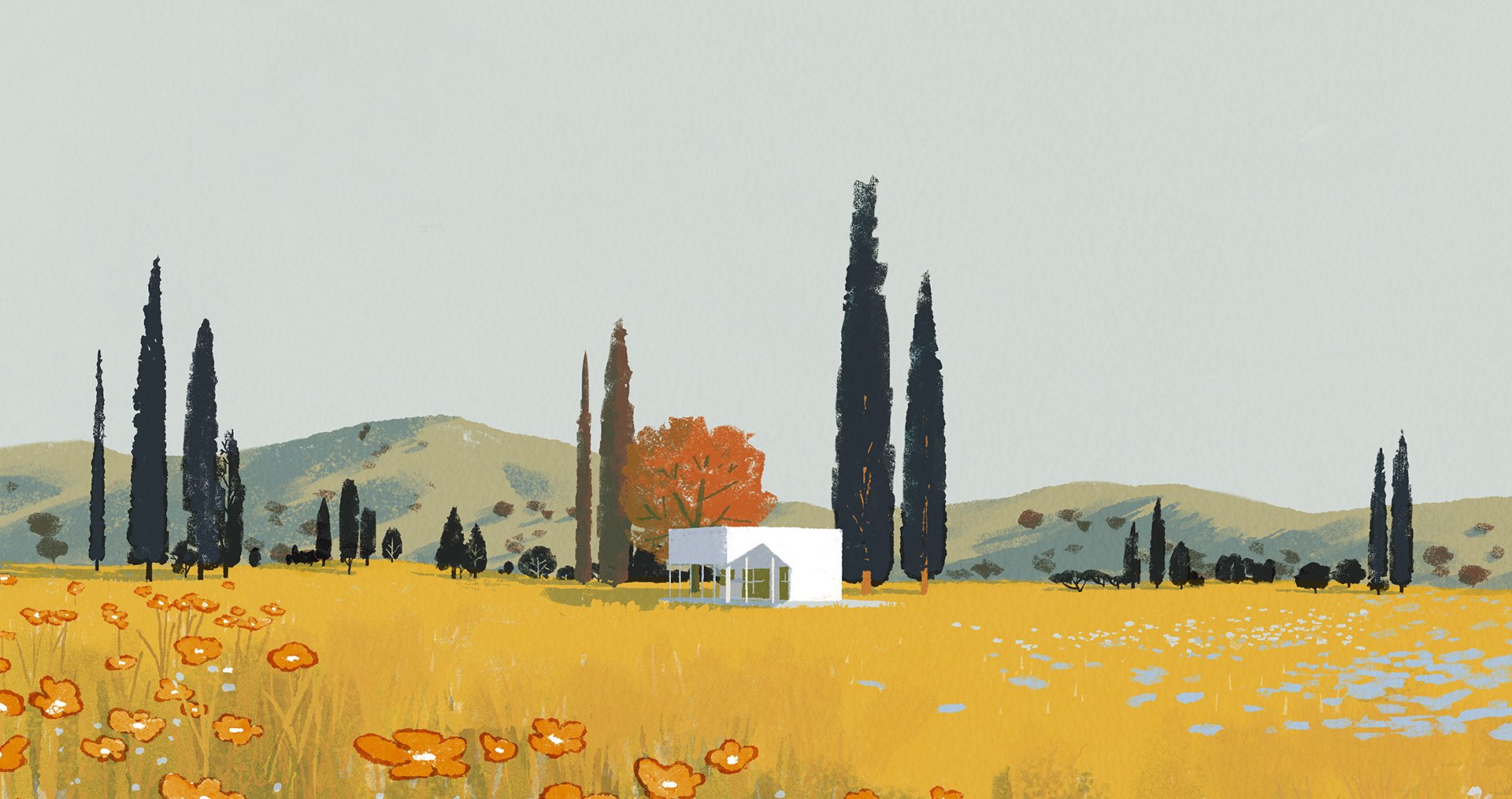
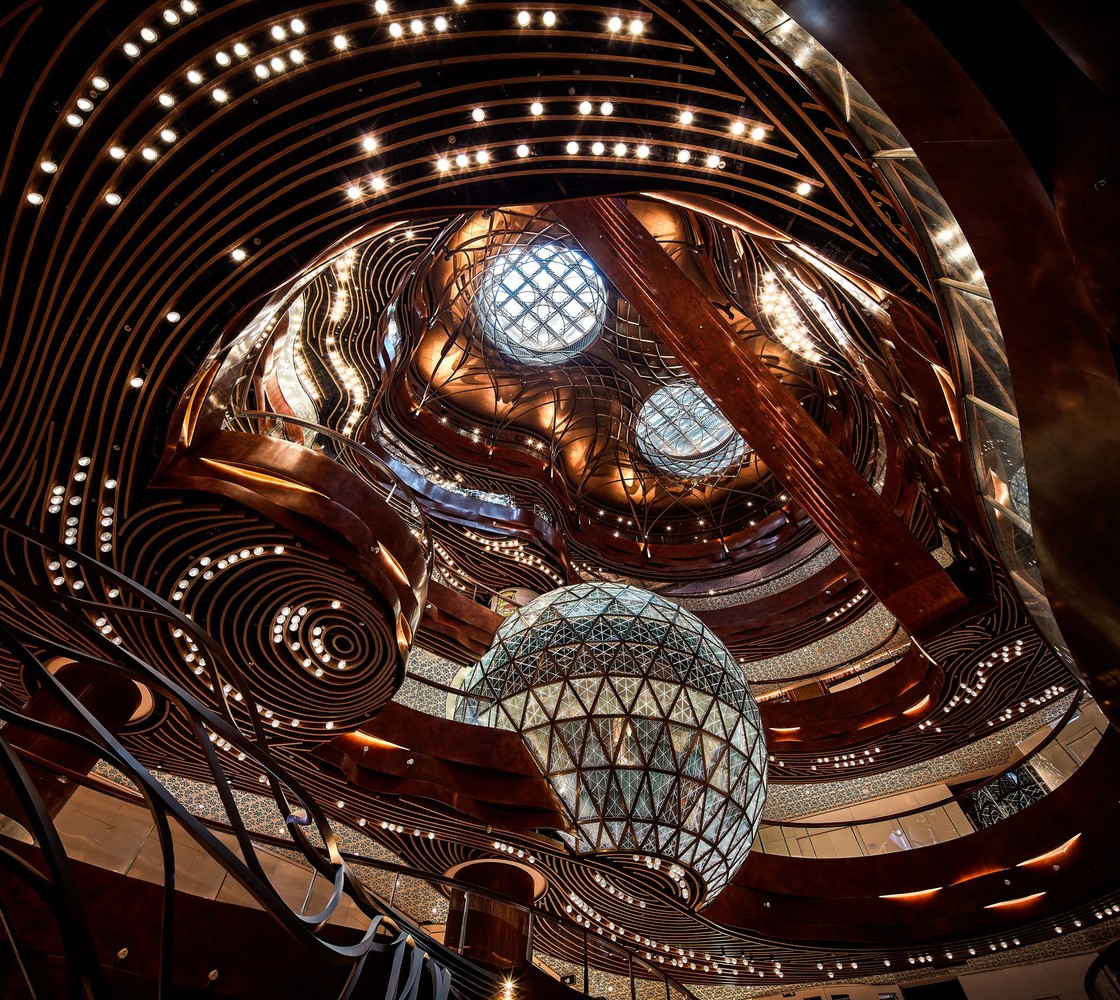
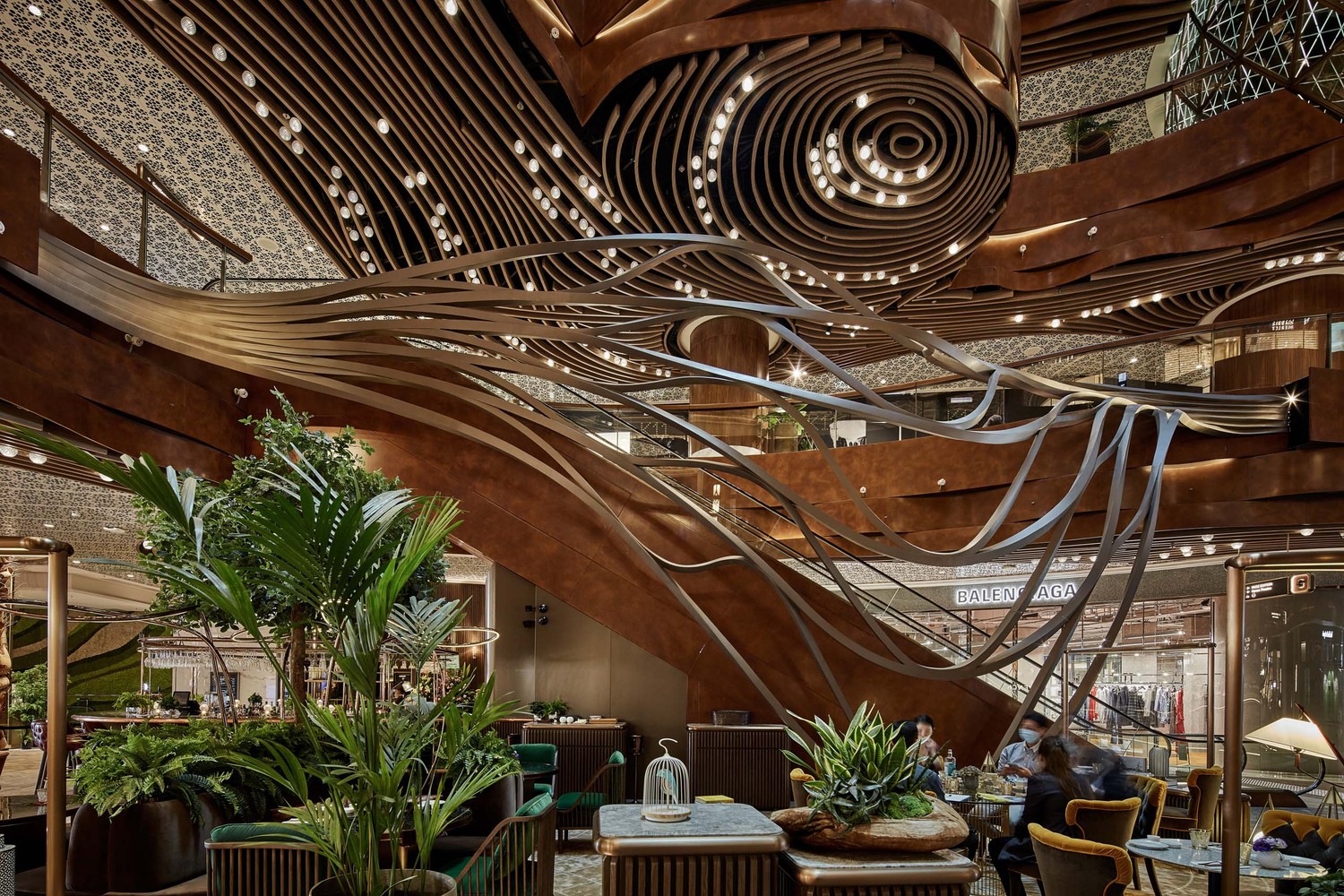
Dr. Cheng Chi-kong is the mastermind behind the highly acclaimed ‘The Artisanal Movement. He studied art and culture in Japan, and in 2014 received an honorary doctorate degree from the Savannah College of Art and Design (SCAD). He is a rare cultural and artistic figure in the real estate industry.
After Cheng Chi-kong joined, the public noticed an improvement in the quality of New World’s new projects, both in terms of appearance and content, closing the gap with Sun Hung Kai Properties, with its projects widely regarded as the best quality in town.
NWD has put up a range of luxury projects on the market in recent years, such as Clear Water Bay’s Mount Pavilia; Mid-levels West’s Babington Hill; Mid Levels’ signature series, featuring 200-odd sq. ft. units with sophisticated design.
New World has many old luxury projects on the Island, such as Academic Terrace and Pearl Gardens, which are also well-known for their quality. such properties still enjoy high prices, implying that NWD must have a certain quality to maintain its position. The developer’s new projects have a reputation for their materials, they are easy to sell, and there are few problems with leaks. Buyers can rest assured.
To learn more about real estate in various regions around Hong Kong, visit Spacious to search for available properties.
Find or sell properties on Spacious
FAQ
What is the Subsidised Private Housing Project by New World Development?
It is the Group’s first private assisted housing project, aiming to offer 300 units of 1-3 rooms, ranging from 300-550 sq. ft., sold at a discounted price of around 50-60% of market value, with prices around HKD 270,000 to 495,000. Priority for application will be given to young people and families.
Which residential projects by NWD incorporate elements of The Artisanal Movement?
Such projects include North Point’s The Pavilia Hill; Sai Ying Pun’s Artisan House; Shek Tong Tsui’s Eight South Lane; Ho Man Tin’s Timber House; Tai Wai’s The Pavilia Farm.




